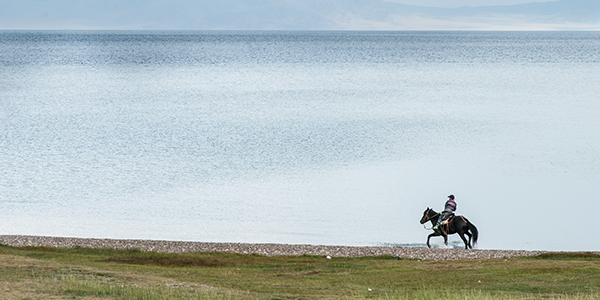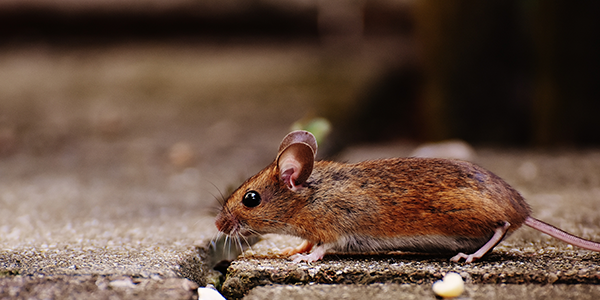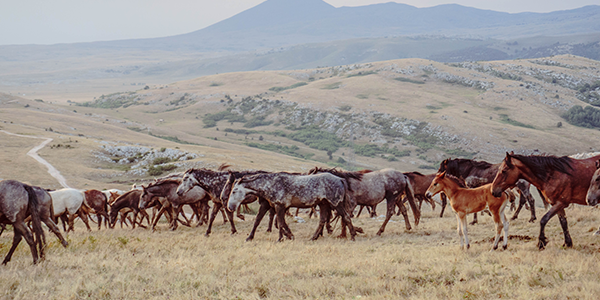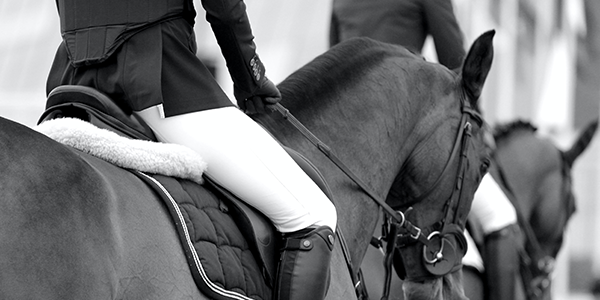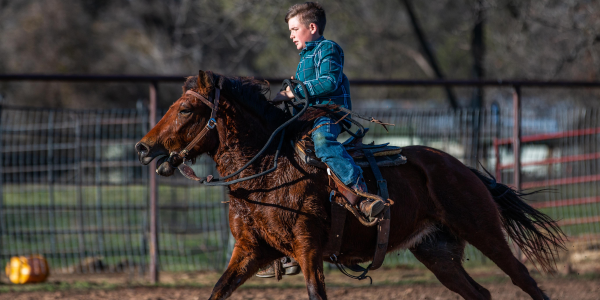As horse lovers, we know that caring for you horse is very important. However, taking your horse to the clinician or large animal veterinarian can be very expensive. There are a few things that you can do to sooth your horse that also have physical benefits. Horse massage therapy can prevent your equine from sustaining serious injury. Continue reading for a few techniques that might help your horse, including trigger-point therapy and myofascial release. Also, if you are looking for a horse property for sale in Colorado, contact Colorado Horse Property today and speak with one of our horse-person realtors.
Horse Massage Techniques
Remember, before practicing these techniques have a professional horse chiropractic guide you first. Trigger-point therapy is a focused massage on sensitive spots causing pain in soft tissues because of contracted muscles. These trigger points or knots are small, firm areas within the muscle. They are often the result of hard work, stress, or injury. When practicing trigger-point therapy, apply direct pressure to relax the muscle. This will release lactic acid, relieve spasms, encourage blood flow, and improve oxygen supply.
Another soothing technique is myofascial release or MFR. This includes massaging the fascia surrounding the musculoskeletal system. This part of the horse anatomy can cause problems when it becomes tight and restrictive. Just like trigger-points this is often the result of trauma, disease, or hard work. If you spot these issues, your horse needs to stretch to release the tension and restore free movement. Again, a trained horse therapist can help you identify and remedy these issues.


